The Digital Construction Awards attracted more than 140 entries this year, 62 of which have been shortlisted. Here, we detail the shortlisted entries for Digital Innovation in Health, Safety and Wellbeing, sponsored by Association for Project Safety.
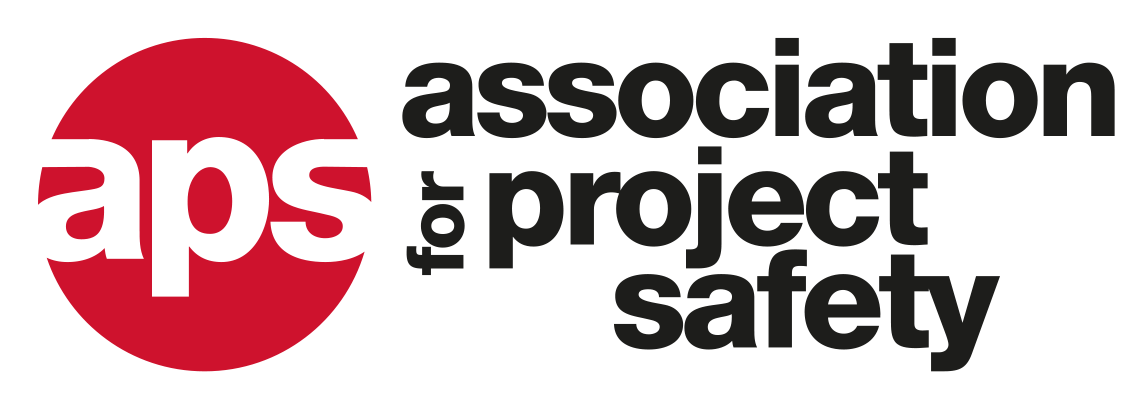
This category recognises the best use of digital technology to enhance and promote health, safety and wellbeing within construction. Six entries, including from Aecom, L Lynch, Safer Sphere and Winvic, made the shortlist.
People-operated plant managed service desk | Aecom with Anglian Water and Balfour Beatty
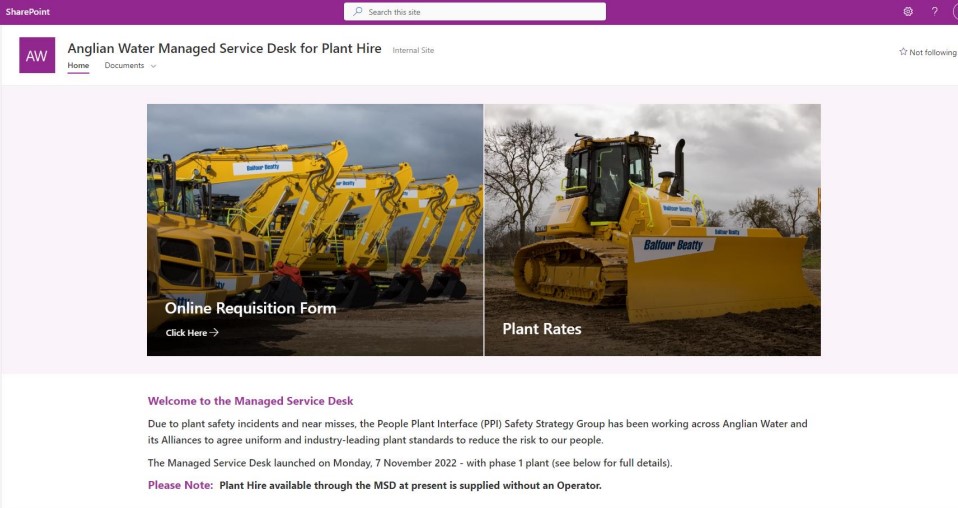
The people-operated plant managed service desk (MSD) initiative is a product of Anglian Water’s drive to improve its safety standards and incorporate the latest available technologies on all of its plant.
The initiative involved developing a centralised system to plan and then implement an update to the minimum acceptable safety standards on plant to incorporate cutting-edge AI human-form recognition and digital thumbs-up systems, alongside telematics and other increased safety features, such as height and slew restrictors.
This provides insights into operators’ and site workers’ behaviour and enables proactive identification and resolution of potential hazards, reducing the risk of accidents and injuries on sites.
The MSD allows reporting through live hire dashboards accessible to all partners working on the Anglian Water portfolio to drive performance, identify outlier behaviours and allow areas of risk to be focused on.
The live plant utilisation dashboard provides real-time data and visibility of any plant active on sites, its location, ownership, standards, technical specifications information and utilisation data.
Autobraking on dump trucks: intelligent autonomous collision avoidance systems | L Lynch with Safety Shield Global and SCS JV (Skanska Costain Strabag)
The people-plant interface remains one of the top fatal risks within the construction industry.
After conducting extensive market research, Lynch and the SCS JV concluded that an off-the-shelf solution was not available to the industry and that a bespoke system would need to be developed.
Lynch approached plant industry software specialist Safety Shield Global to find out if its AI collision avoidance system could be developed to support an autobraking system.
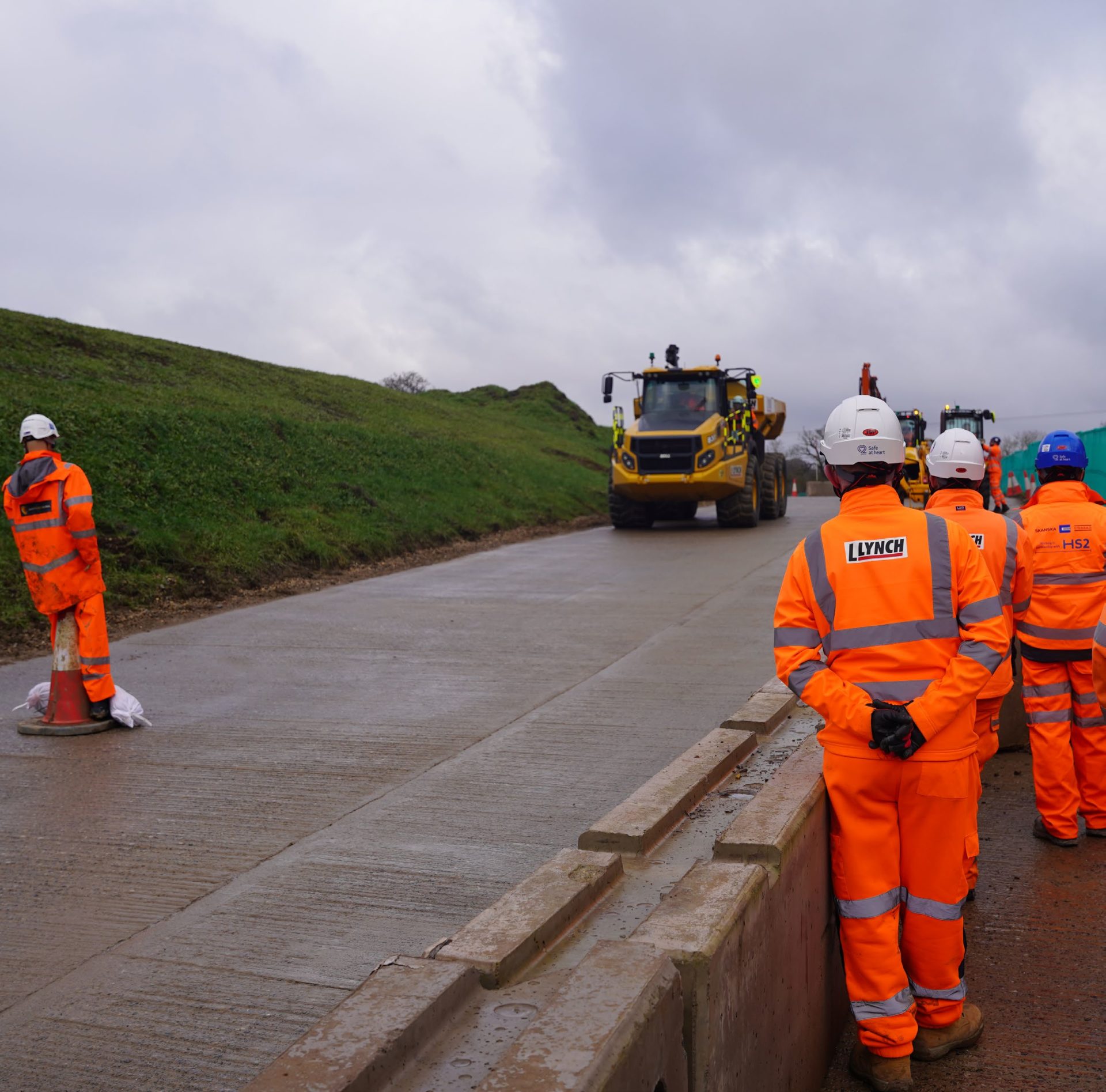
The first stage of the project involved the use of simulation of the canbus (the vehicle’s blackbox), developed by articulated dump truck (ADT) manufacturer Bell Equipment, to allow the AI technology to communicate with the ADT and ‘shake hands’ with the commands being asked of it. After several weeks of trialling, the bespoke system was installed on an ADT.
The system integrates the AI human form recognition host unit with high-definition waterproof and shockproof cameras, starting detection at 60m distance from the machine. Autonomous braking begins from 10m, and the machine comes to a controlled stop at a 2m distance.
Rigorous tests were conducted, allowing the proof of concept to be trialled in real-life conditions.
During the first weeks of trials, the findings from the passive data identified 664 incidents relating to people-plant interface. This data resulted in the project team reviewing and adapting the site set up. After reconfiguring paths and haul roads and looking at site access, incursions were reduced to 30 alerts a day.
Digital ladder permit system on Hinkley Point C | DataScope Systems with NNB Temporary Works

DataScope developed an electronic ladder permit system where staff use an app to submit and approve permits. The system has an automated multi-stage approval process and allows for instant access to permit information and reporting.
DataScope took EDF’s existing ladder permit form and digitalised it. This allowed subcontractors to complete and submit permits on their smartphones through the DataScope app. As well as capturing typical data contained within a ladder permit, the digital form also allows users to submit photographic evidence and upload rescue plans.
The system has helped the HPC remove more than 300 ladders from the project and has avoided the use of ladders on site thousands of times. In addition to the time-saving benefits of the digital process, the implementation of digital ladder permits has helped foster a step-change in behaviour that has helped to ensure ladders are only used as a last resort.
Paterson Building | Imtech Engineering Services
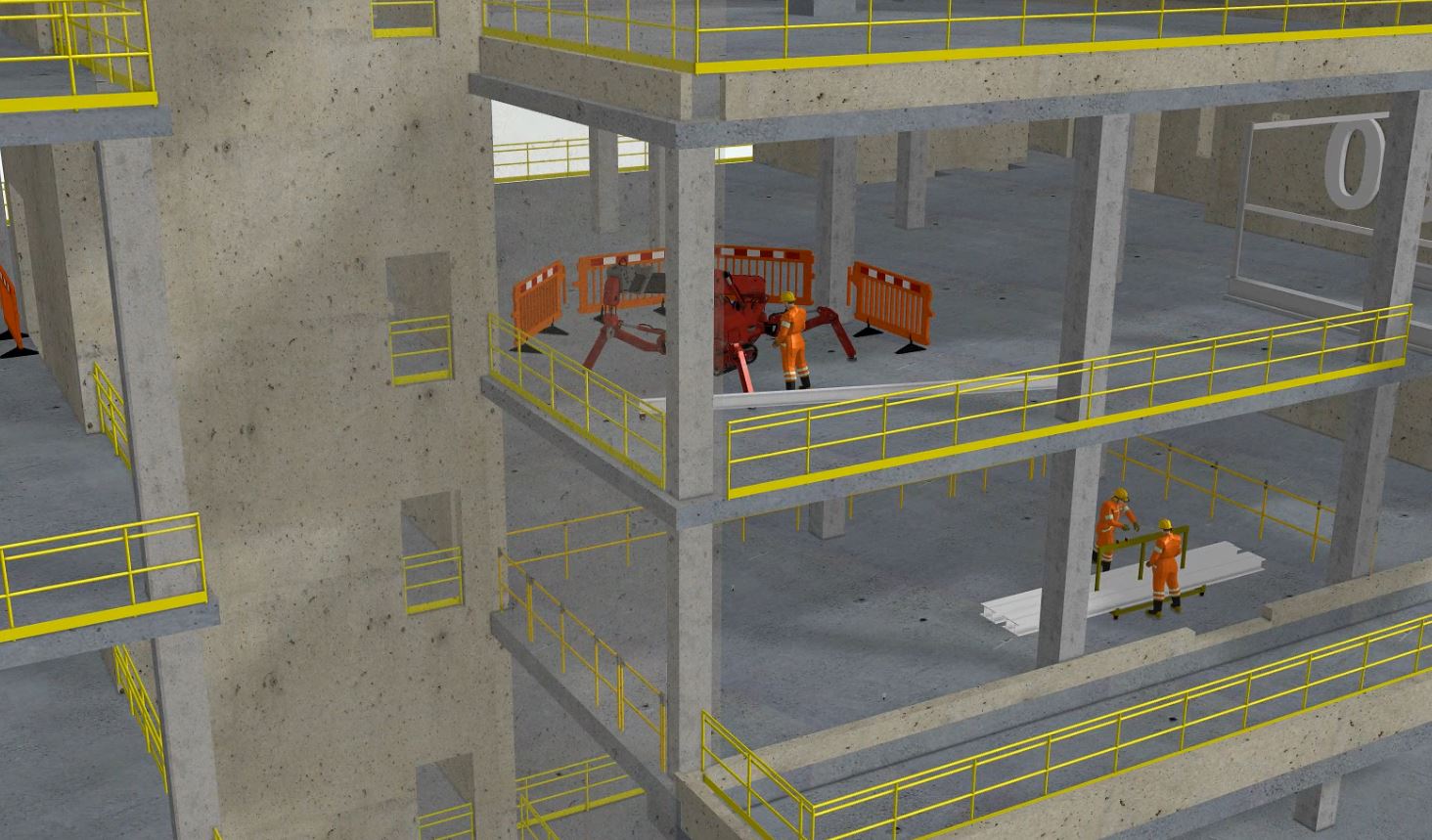
Imtech’s original delivery plan at Manchester’s Paterson Building was to integrate structural riser floors within the free-standing pre-fabricated MEP riser. However, due to the impact of the pandemic, the main contractor (IHP – a Vinci Construction UK and Sir Robert McAlpine joint venture) was instructed to accelerate the concrete superstructure without finishing the MEP design.
This resulted in the superstructure being constructed in an alternative sequence to the original contract programme, which had taken several months to agree, and align with the offsite manufacturing process. The accelerated works did not permit the installation of the prefabricated MEP risers.
Imtech was challenged to review alternative methods to install all MEP services in the risers within the constraints of the programme, building fabric and tight location, without using the tower cranes as these were being used to accelerate the build and facade.
Imtech developed a digital animation solution to enable a true-to-life representation of the working process inside the high-risk environment of risers. The digital animation was used to highlight risks and mitigate potential health and safety, productivity and buildability issues before the riser flooring installation started on site.
The video was captioned with descriptions of the activities, the health and safety aspects and the risks of the procedure. It was also after receiving feedback from users to reflect the exact process being carried out on site.
HARM Zero at Manchester Aquatics Centre | Safer Sphere with Manchester City Council and Kier Regional Building Northwest
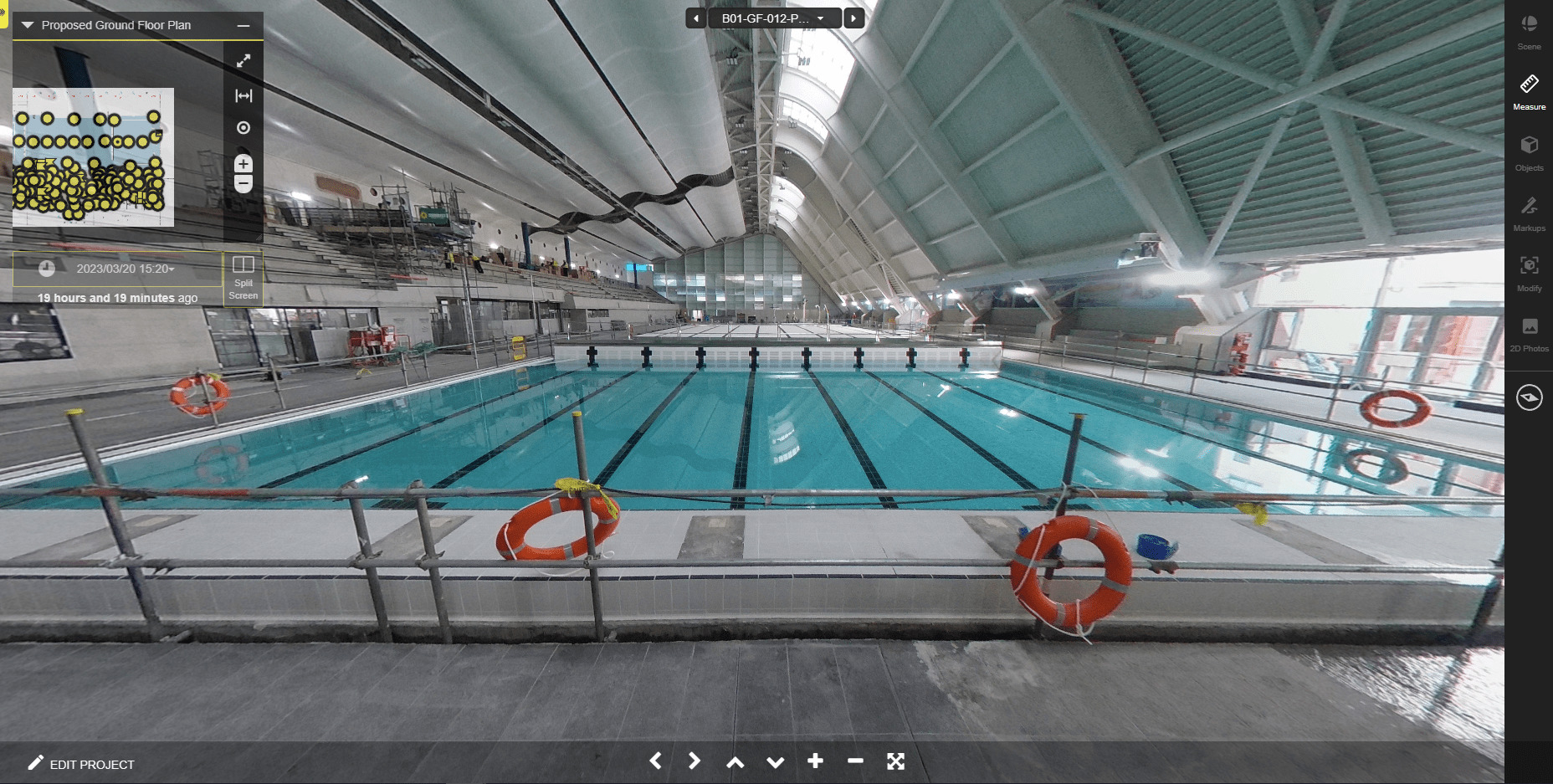
Safer Sphere’s HARM Zero is a cloud-based tool that allows collaborative design risk management. It highlights hazards, risks and risk mitigation in a structured manner in line with BIM, PAS 1192-6 and golden thread requirements.
Following Safer Sphere’s appointment as principal designer adviser to Kier at Manchester Aquatics Centre ahead of the 2023 Para Swimming World Championships, the health and safety consultancy decided it presented an optimal environment for HARM Zero. This was because of the project’s complexity, with extensive plant requirements, site constraints and Covid-19 restrictions.
Safer Sphere worked with Kier and software company HoloBuilder for VR integration and interfaces between HARM Zero and HoloBuilder to identify risks in 360-degree VR. VR views supported greater information sharing around risk, facilitating better design team collaboration around risk and mitigation strategies, as well as complementing scheduled physical audits with regular virtual site walk-arounds.
Unique reference numbers and markings on site plans ensure clear visibility for all parties in real-time. The cloud-based register allows easy access from various devices and linking 360-degree VR views to risks through HoloBuilder further enhances the system.
By engendering greater and clearer sharing of information around risks, the process of identifying and mitigating risks can be shared with a wider cross-section of the client, design or construction teams, further developing individuals’ understanding of design risk management, as well as specific risks and mitigation strategies.
The future of modern contracting: Winvic’s VR health and safety training | Winvic Construction

Over the past year, the health and safety department at Winvic has worked with the digital delivery team to develop immersive VR training sessions as part of its Doing It Right cultural change programme, aimed at reducing workplace incidents and promoting good practice.
The VR training sessions comprise live-action videos deployed to site teams across the business as part of Winvic’s mandatory training. They focus on three topic areas: slips, trips and falls; service strikes; and falling objects.
Winvic’s VR health and safety training content can be tailored to specific job roles, skill levels and learning objectives.
As part of the service strikes VR training, Winvic’s employees can experience this as a live event. The VR goes through the site-specific induction process, permit process, and CAT and Genny skill fade test. This is followed by a real-life scenario where the work of an operative on site results in a service strike. The end of the experience highlights the consequences of the incident that make an impact on the VR training users.
In addition to using VR in health and safety training, Winvic has also used the technology in its BIM cave at its onsite sustainability and innovation hubs to plan for safer work.
Celebrate with the best
The winners of the Digital Innovation in Health, Safety and Wellbeing category, alongside the victors of the other 11 categories, will be revealed at the awards dinner on 4 July at the Brewery in London.
You can join them by booking your places at the awards. There is an early bird discount of for those who book tables before 5pm on 19 May.
The Digital Construction Awards celebrate best practice and reward innovation in the application of BIM and digital technology in the built environment sector.
The awards are run by Digital Construction Week, the Chartered Institute of Building, and Construction Management and BIMplus.
Awards sponsors include the Association for Project Safety, BIMcollab, Bluebeam, Everwarm, Graitec, nima, Procore, Revizto and Sir Robert McAlpine.











